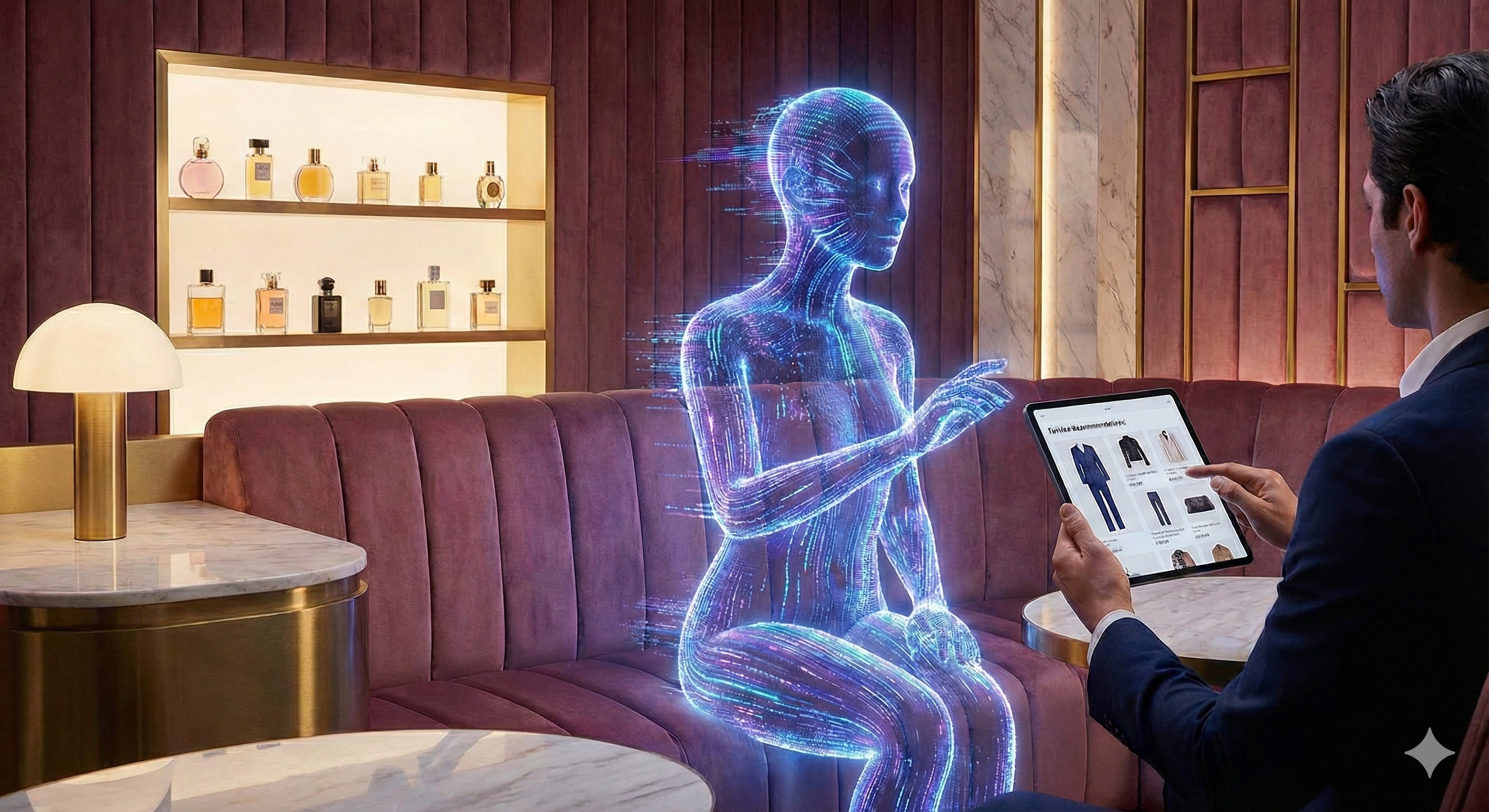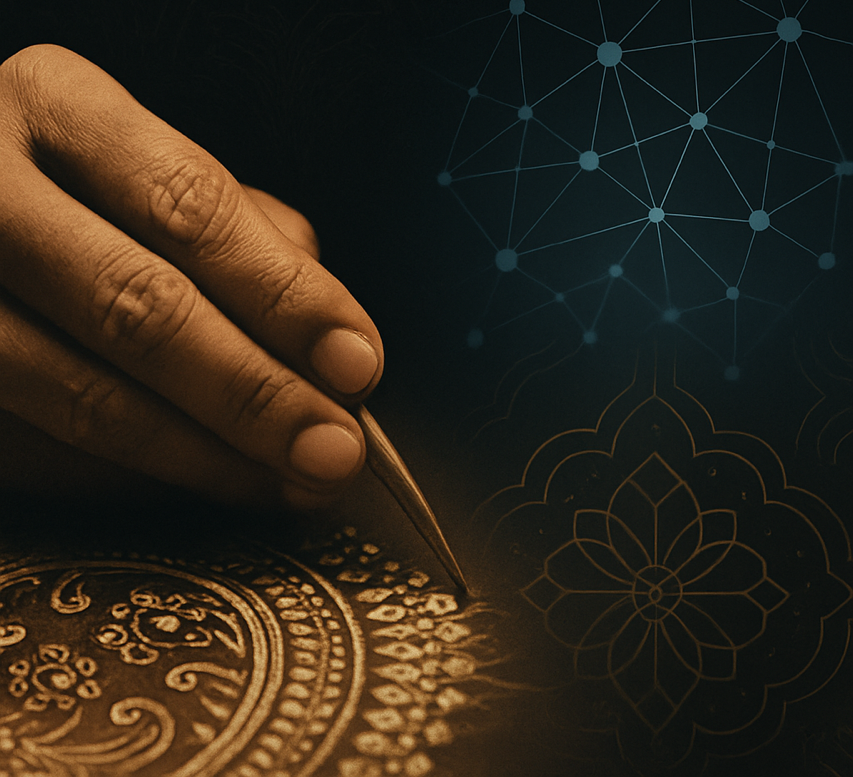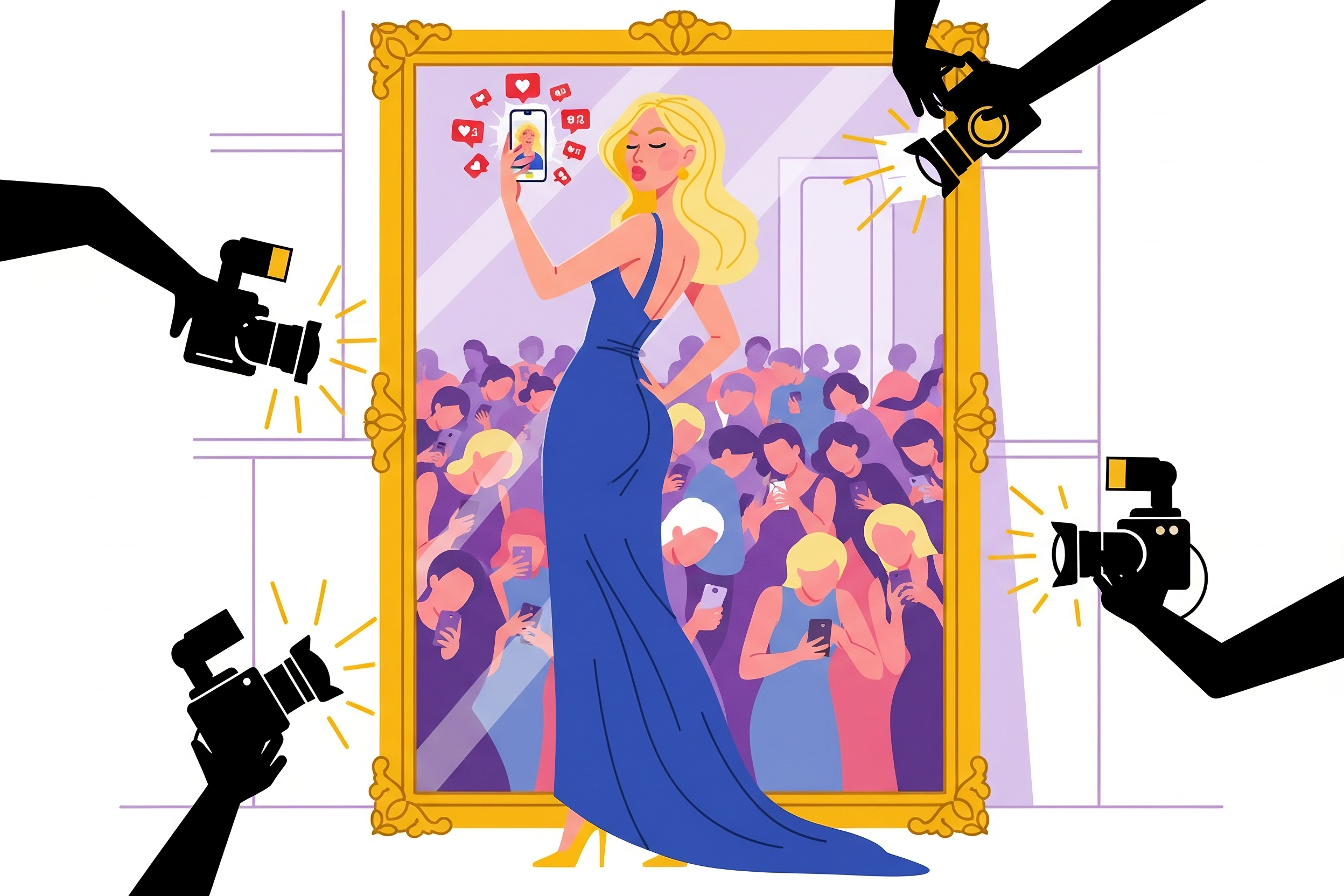Aurélie Pichard, international research director of marketing research firm QualiQuanti, explores the strategy and benefits of branded content

Aurélie Pichard, international research director of marketing research firm QualiQuanti, explores the strategy and benefits of branded content
With the almost omnipresence of digital media across multiple platforms, brands publish more and more non-commercial content. To be successful in their content campaigns, they should first carefully examine and select the elements that are part of their brand’s heritage to design their strategy.
The first step is to clearly identify which elements are powerful enough to create a rich and dense universe and best reflect the brand identity. Brands are reservoirs of content and knowledge, but they cannot randomly choose anything from these reservoirs to build their story. Once they have selected the relevant content in their corpus, they can design a content strategy accordingly. Only after designing this strategy should content operations be executed.
Consumers often perceive content campaigns as a cutting-edge and avant-garde means of communication. Brands that support these operations are hence perceived as modern and innovative, making the most of new communication channels and digital media. This content, even if it is not immediately sales-related, is extremely efficient in building the brand’s image, engaging the audience, and helping the brand radiate on a worldwide scale. Hence, most brands have already launched initiatives to release content using all of the technologies available to distribute their content across the digital sphere (web, social media, mobile, etc.). Some of them have a very consistent strategy across platforms and devices, other launch operations randomly because they feel they need more of a presence in media channels.
To be truly engaging, these initiatives should be integrated in a consistent content strategy, because choosing the right content is not only about telling a story, it’s more about building a story.
“ brands are reservoirs of content & knowledge, but they cannot randomly choose anything from these reservoirs to build their story ”
Consumers are keen on learning about the history of luxury brands and getting a backstage access to the brand.
From a consumer’s perspective, there is strong intellectual gratification in finding out about the brand’s history: understanding where it started and how it got to where it is now. Consumers are really keen on finding out what is behind the product and the role that the luxury house has played in history. Giving them access to the history of the house can also be perceived as revealing a secret, and conveys the feeling of taking part in an exclusive community. They feel initiated into the brand’s universe. Interviewing designers and releasing documentaries or books on the house gives the public access to the symbolic meaning of the brand and to its values, therefore strengthening its role in society.
But marketers should see beyond the brand’s core identity and also make the most of the events organized by the brand (not only sponsored, but truly organized), as they are an extremely powerful reservoir of content.
Events are a great way to update the brand’s legacy and ensure its longevity.
Each time a brand organizes a live event, it should be transformed into a program (video) that can be distributed online. A live event resonates far beyond the physical event. For example, all catwalk shows are now recorded and most of the time also broadcasted on the web to make people dream about the clothes, even those who are not in the attendance and cannot even afford to buy them. See for example Burberry’s catwalk show for Spring-Summer collection 2011 broadcast on a screen at Piccadilly Circus in London. These operations help luxury brands find a balance between being highly exclusive and selective and being open to the public.
Not only is online distribution across platforms a way to increase the event’s total audience, but it is also a way to prolong the event and make it last longer in people’s memory. For example, in April 2010, Hermès organized an International Horse Jumping Show at the Grand Palais in Paris. To complement the event, it also released interviews, pictures, and broadcasted it on a dedicated website.
“ content is extremely efficient in building the brand’s image, engaging the audience, and helping the brand radiate on a worldwide scale ”
During the competition, people could also wander around the Grand Palais in order to learn more about the brand, its products, its know-how in saddle-making (leather processing) and horse riding in general. The event was so successful it will be held again in April 2011.
Using these events to create content is a great way to revive and nurture the brand’s legacy. Content around events is extremely stimulating and engaging to the audience. It is a powerful tool used to convey the energy, poetry, and magic of the brand, giving the sense of “something hip and happening” in the brand’s life.
It is also a way to federate a community and have participants share a strong experience with and around the brand. After the event, participants talk about it, and hence become brand ambassadors – spreading the magic and spirit of the brand among “friends”.
Beyond the experience delivered by the brand, the event is also like going to mass: in attending a religious celebration, people bond in a way that is extremely strong. Likewise, participating in a brand’s rituals reinforces the social bond between isolated individuals and valorizes the brand that initiated the event.
For further considerations about this topic, we invite readers to participate in a worldwide workshop, and exchange views and practices about luxury communications in 15 different markets. Registration is via a 5-minute questionnaire, which will be used to to select a few candidates (25-30) to participate. To register for the workshop, please click here.









